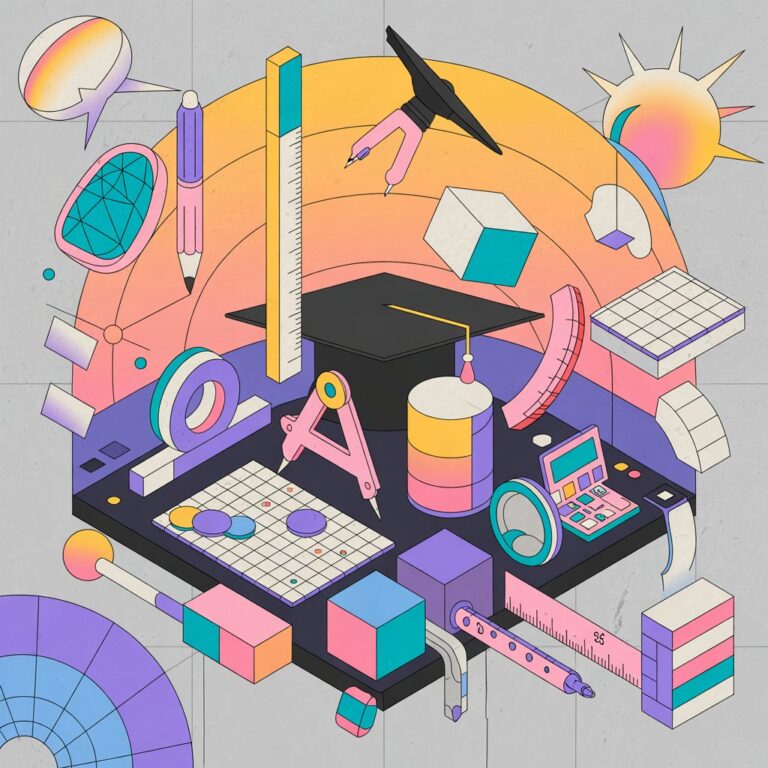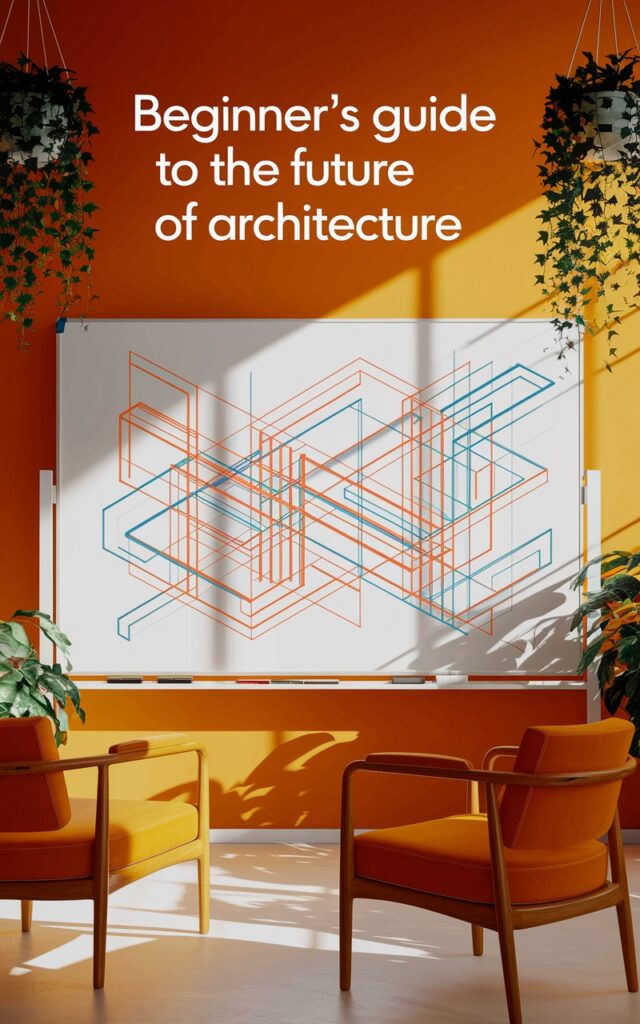Introduction
Imagine standing at the crossroads of art and technology, where algorithms breathe life into geometry, and creativity meets precision. This is the world of parametric design—a realm where students and professionals alike sculpt the future of architecture, fashion, and even urban planning. But in a landscape evolving as fast as Mumbai’s skyline, how do you stay ahead?
For aspiring designers in India, the stakes are high. Parametric design isn’t just about aesthetics; it’s about solving real-world problems with efficiency and innovation. At Soga Design Studio, we’re not just keeping pace—we’re redefining how India approaches design, making it cost-efficient and accessible even in remote corners of the country.
Why Parametric Design Matters in 2025
Parametric design is revolutionizing industries by enabling designers to create complex, adaptive structures that traditional methods can’t match. In India, cities are expanding at breakneck speed, and architects need tools that merge sustainability with scalability. Think of parametric design as the “smartphone” of the design world—once you experience its capabilities, there’s no going back.
- Sustainability: Optimize material usage to reduce waste.
- Speed: Generate hundreds of design iterations in minutes.
- Affordability: Lower project costs through precision and automation.
At Soga Design Studio, we’ve used parametric tools to design eco-friendly housing projects in Rajasthan and modular public spaces in Chennai—all while cutting costs by up to 30%.
Top 10 Tools Shaping the Future of Design
1. Rhino + Grasshopper
The dynamic duo of 3D modeling and generative design. Grasshopper’s node-based interface lets students visualize algorithms like musical notes, creating symphonies of form and function. From futuristic façades to ergonomic furniture, this tool is a classroom staple.
2. Autodesk Dynamo
Integration is king, and Dynamo reigns supreme with its seamless connection to Revit. Ideal for civil engineering students, it automates repetitive tasks—like generating staircases or solar panels—so you can focus on big-picture innovation.
3. Blender Geometry Nodes
Blender’s open-source magic now includes parametric capabilities perfect for prototyping. Create anything from flowing textile patterns to kinetic sculptures without spending a rupee on software licenses.
4. TouchDesigner
Where design meets interactivity. This tool lets students create responsive installations—like a pavilion that “dances” to soundwaves—using real-time data feeds. It’s the bridge between static models and living art.
5. Fusion 360
A Swiss Army knife for industrial design students. Its parametric features streamline everything from 3D printing prototypes to simulating stress tests. Soga’s team used it to redesign low-cost prosthetics for rural India.
6. Houdini
The go-to for procedural modeling in animation and VFX. Students can simulate natural phenomena like crowd movements or forest growth, skills increasingly valuable in urban planning studios.
7. Cl3VER
Turn complex models into interactive client presentations. With VR compatibility, it’s revolutionizing how Indian firms showcase projects—no more dusty blueprints!
8. Ladybug Tools
Sustainability isn’t optional. These plugins analyze sunlight, wind flow, and energy use. We used them to design a self-cooling school in Gujarat that reduces AC dependency by 40%.
9. Kangaroo Physics
Simulate real-world physics within Grasshopper. Test how a fabric canopy sags under rain or a bridge withstands earthquakes—essential for India’s diverse climates.
10. Python Scripting
The secret weapon. Automate tasks across platforms using Python code. At Soga, we’ve trained students to write scripts that optimize material costs for low-income housing projects.
The Road Ahead for Indian Designers
Parametric design isn’t just software—it’s a mindset. As Indian cities grapple with population growth and climate change, these tools empower students to build solutions that are as resourceful as they are revolutionary.
- Learn: Master one tool at a time—start with Grasshopper or Blender.
- Experiment: Use free trials and student licenses generously.
- Collaborate: Join forums like Parametric Architecture Community on Discord.
Conclusion
The future of design pulses in the algorithms we write and the tools we wield. For students, mastering these platforms isn’t just about career success—it’s about shaping an India where innovation meets inclusivity. Whether you’re optimizing a bus stop roof for monsoon rains or reimagining ancient textile patterns through code, parametric design puts that power in your hands.
Your move, future creator. Which tool excites you most? Have you experimented with parametric design in your community? Share your story below—or tag us @SogaDesign with your first algorithmic sketch. Let’s build a smarter, more beautiful world, one parameter at a time.




